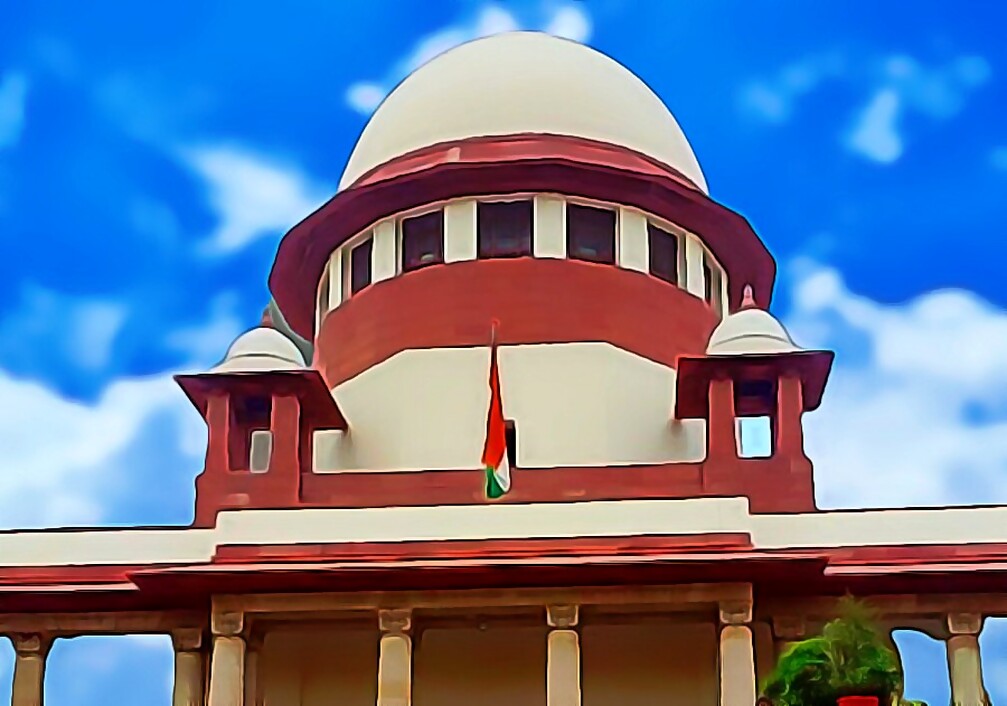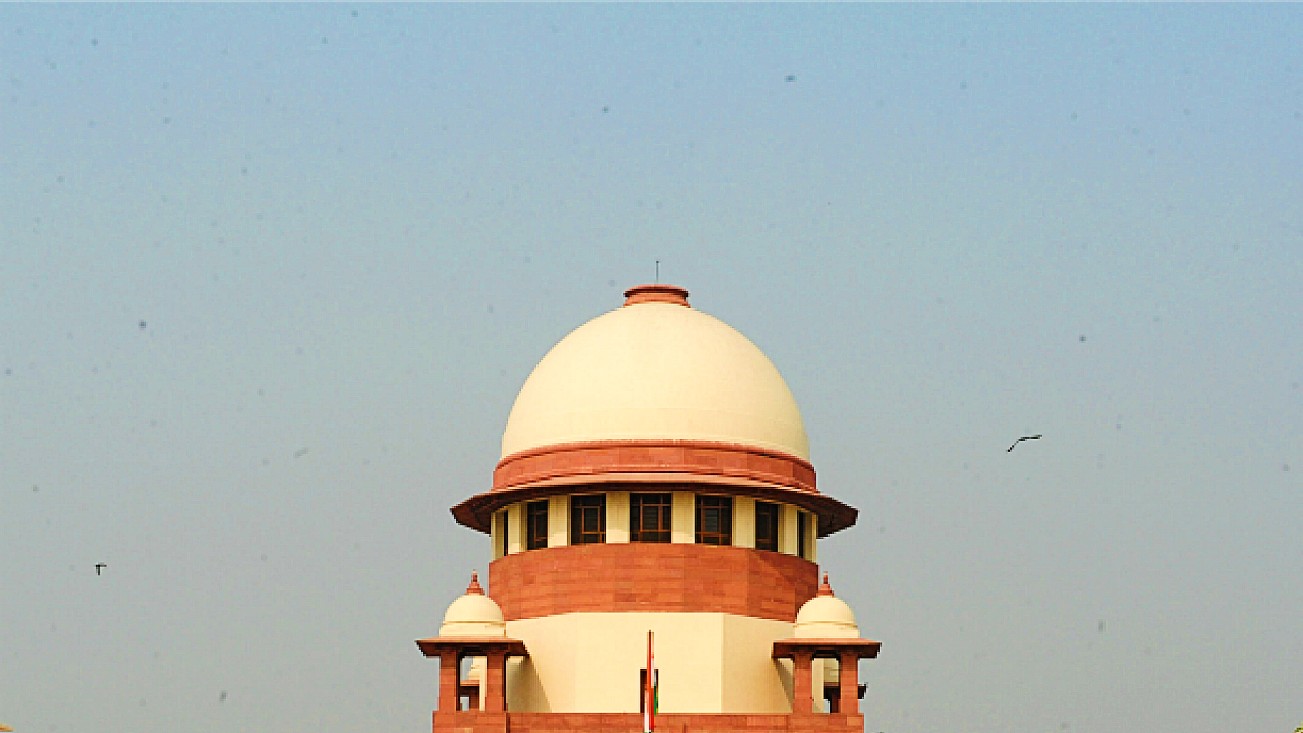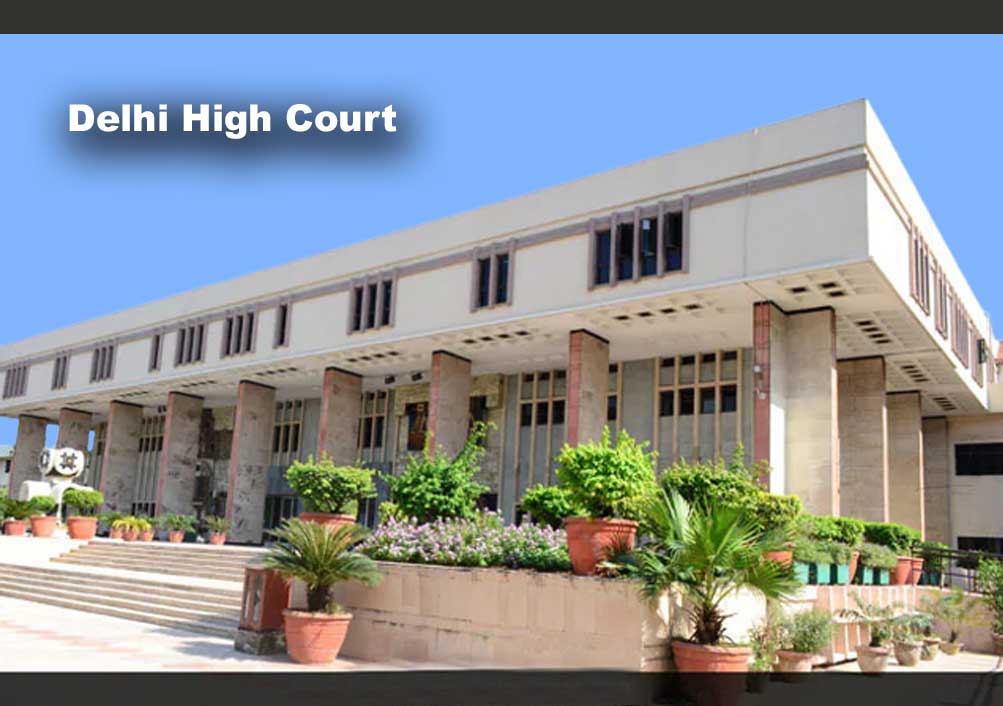In CWP No.16612 of 2020 (O&M)-PUNJ HC- P&H HC allows trial court’s decision of allowing Sec. 311 CrPC moved by prosecution for placing on record CT scan report, examining doctor who authored report in 2011 case Justice Sureshwar Thakur [30-03-2022]

Read Order: Rao Virender Singh v. State Of Haryana And Another
LE Correspondent
Chandigarh, April 4, 2021: While dealing with a case wherein the accused-petitioner impugned the order of the Trial Court allowing the prosecution application under Section 311 of Cr.P.C. in respect of a case registered in 2011, the Punjab and Haryana High Court has upheld the impugned order on the ground that the application of the prosecution moved for placing on record the CT Scan report and the examination of the doctor who authored the report was just and fair.
On the scope of Section 311 Cr.P.C., the Bench of Justice Sureshwar Thakur held,
“(…) Section 311 of the Cr.P.C., do not create, any statutory estoppels against the prosecution to re-recourse as, and, when deemed fit, the statutory provisions carried in Section 311 Cr.P.C., or other compatible provisions therein.”
The petitioner was arrayed as an accused in an FIR registered in the year 2011 under Sections 323, 324, 427, 435, 452, 506, 148, 149 of IPC. The prosecution moved an application under Section 311 Cr.P.C. seeking examination of the doctor who prepared the CT Scan report as mentioned in the MLR. The said application was allowed by the Trial Court. Aggrieved by the delay made on the part of the prosecution in concluding the trial, the accused-petitioner approached the High Court.
The petitioner’s counsel vehemently argued that in utter violation of the directions of the High Court itself issued in a Writ Petition filed in 2018, the prosecution was delaying the trial of the matter. The Counsel showed his grievance regarding the Section 311 Cr.P.C. application moved by the prosecution and the subsequent allowing of the same by the Trial Court in violation of directions issued by the High Court. Therefore, he contended that the impugned order was liable to be quashed and set aside.
The Court observed at the very outset that the Order of the High Court was misunderstood by the petitioner’s counsel as the Order directed the Trial Court to ensure the issuance of summons upon the prosecution witnesses concerned for making their respective appearances before the Trial Court for their examinations-in-chief. Consequently, the Court held that if the trial judge issued a summons and yet the prosecution witnesses did not appear, thereupon, then in that case, there was no breach of the orders of the High Court, on the part of the trial Judge.
Further, the Court added that the import of the High Court verdict could not be construed to completely estop the prosecution (after the exhaustion of the list of prosecution witnesses) to take re-recourse the procedure contemplated under Section 311 Cr.P.C. The Court asserted that other compatible statutory provisions as carried in Section 311 of the Cr.P.C., do not create any statutory estoppels against the prosecution to take re-recourse of the statutory provisions carried in Section 311 Cr.P.C., or other compatible provisions therein, as and when it deems fit to do so.
“If the afore estoppel is created against the prosecution, thereupon, the principle underlying the mandate carried in Section 311 Cr.P.C., inasmuch as, as and, when incriminatory evidence of grave evidentiary vigor, does surface, and, also when it is just, and, essential for sustaining the charge, rather being ensured to become complied, and, obviously the learned trial Judge concerned, after bearing in mind all the relevant parameters (supra), becoming hence enjoined to either accept the apposite application or to dismiss it”, held Justice Thakur.
The Court also added that since the prosecution evidence which was sought to be adduced in form of the CT scan report and the examination of the author of the report was just and a fair endeavour of the prosecution. The Court also stated that it was permissible for the defencecounsel engaged by the accused to cross-examine him.
Therefore, it was held that for the aforesaid reasons, an opportunity to cross-examine the Doctor concerned or the author who prepared the CT scan report was always available to the defence, hence the Court reached the conclusion that the Court did not deem it appropriate to quash the impugned order.
Sign up for our weekly newsletter to stay up to date on our product, events featured blog, special offer and all of the exciting things that take place here at Legitquest.




Add a Comment